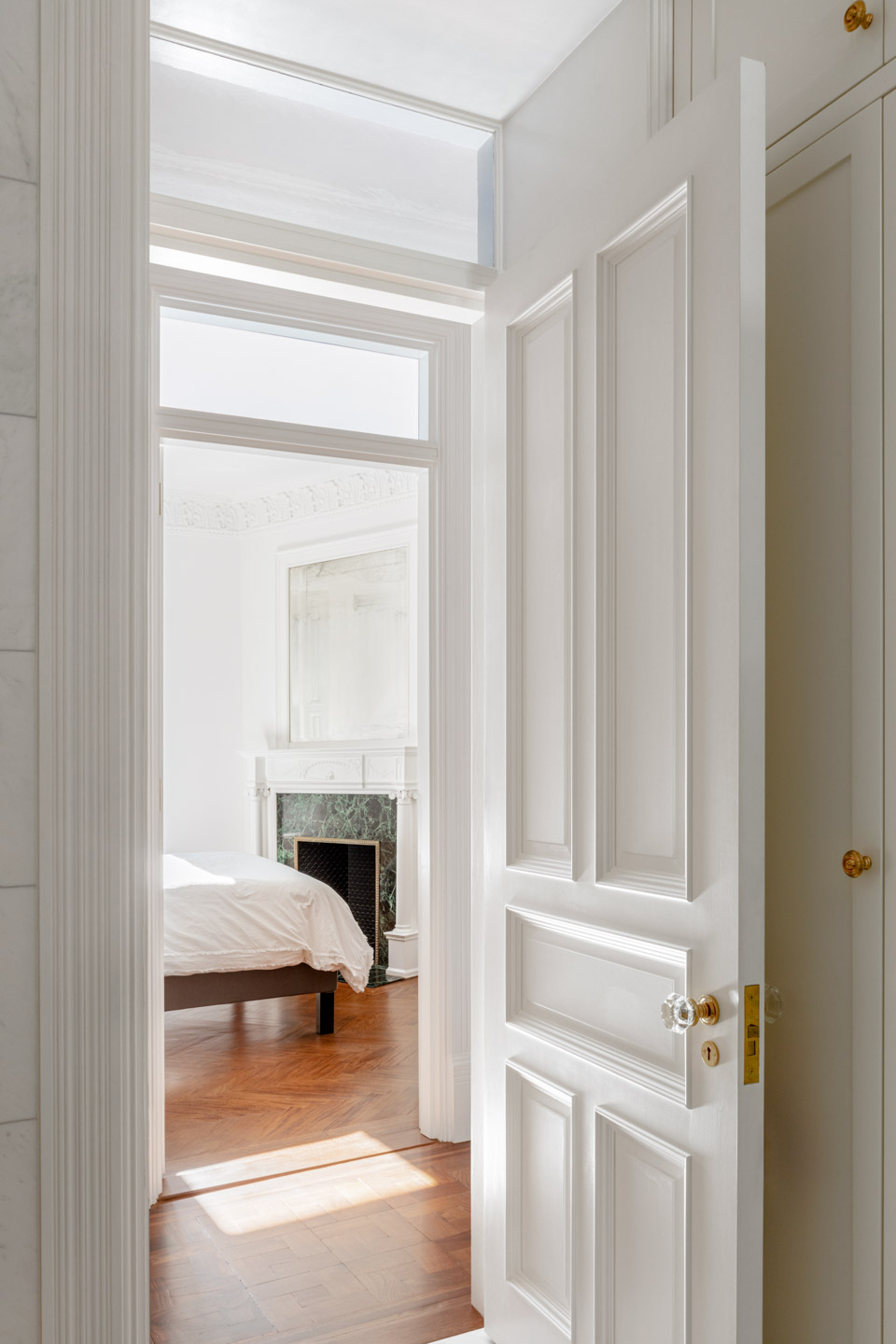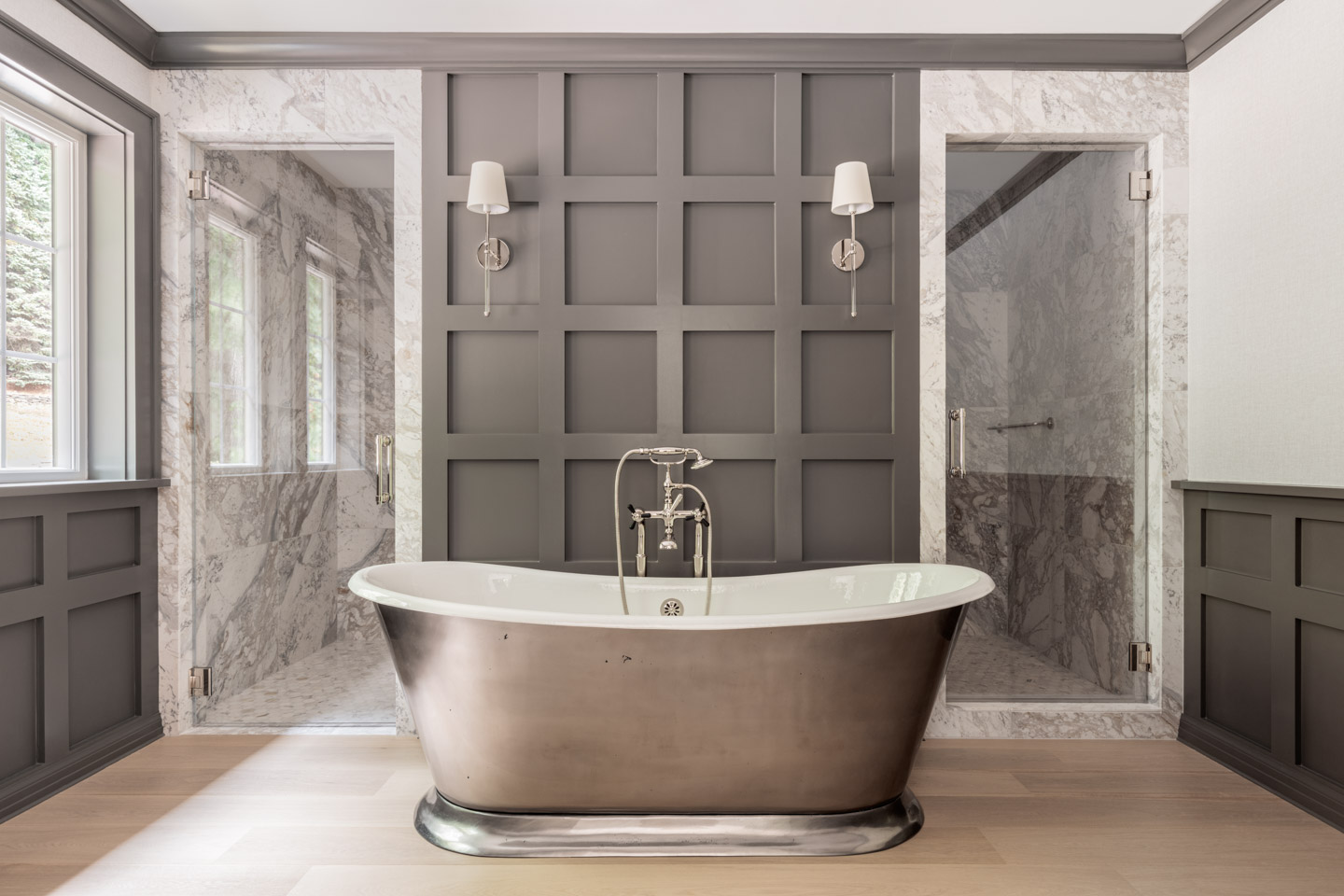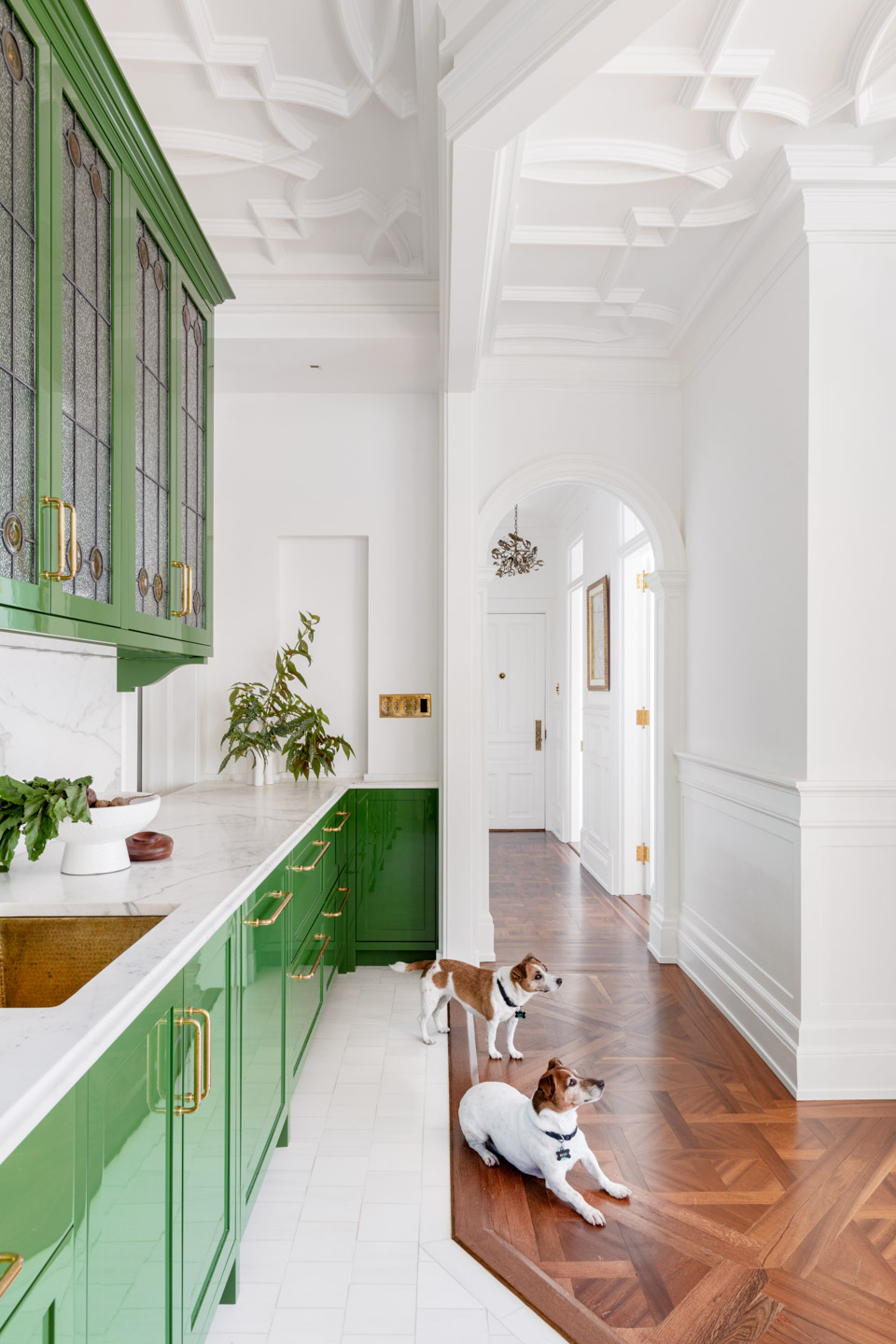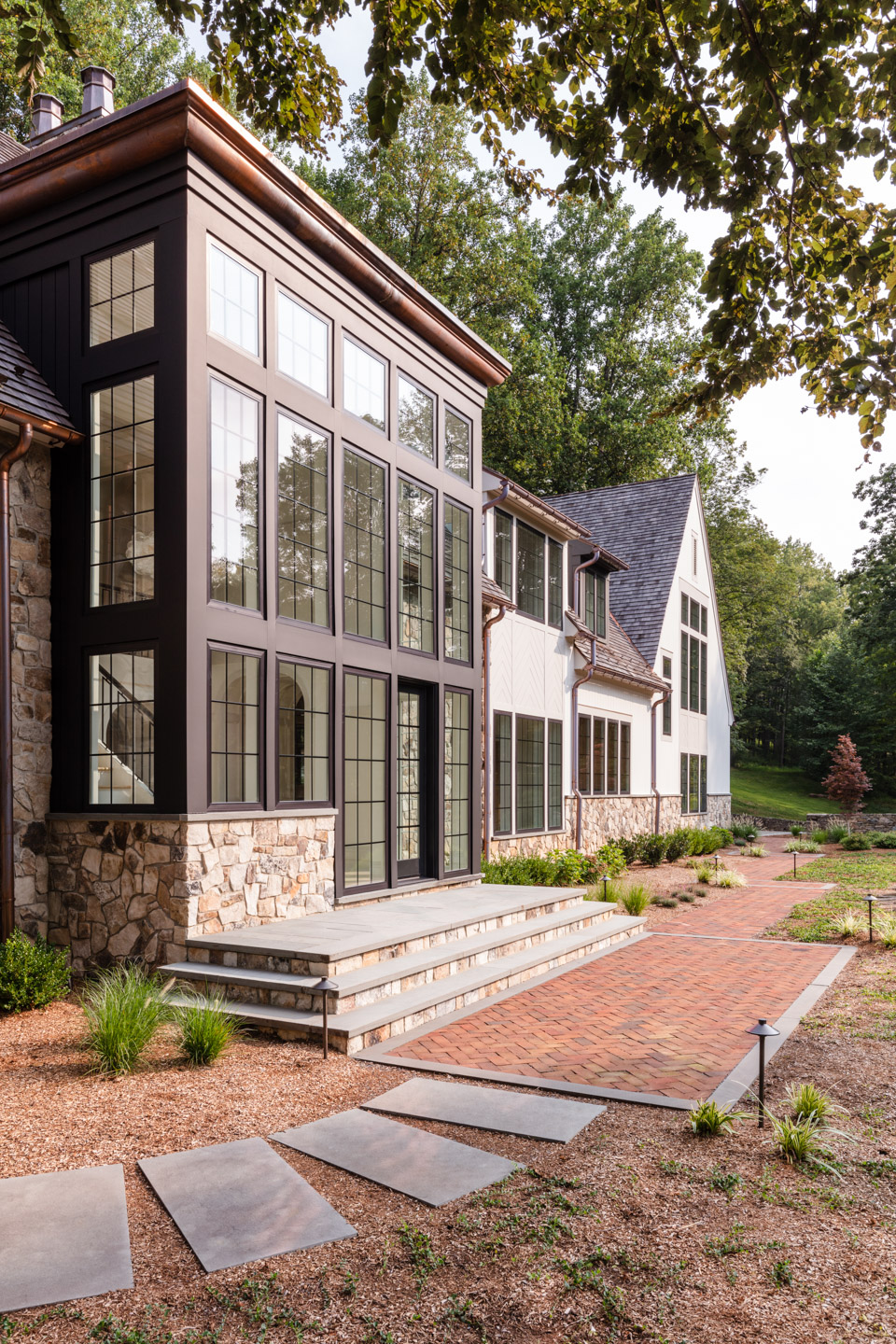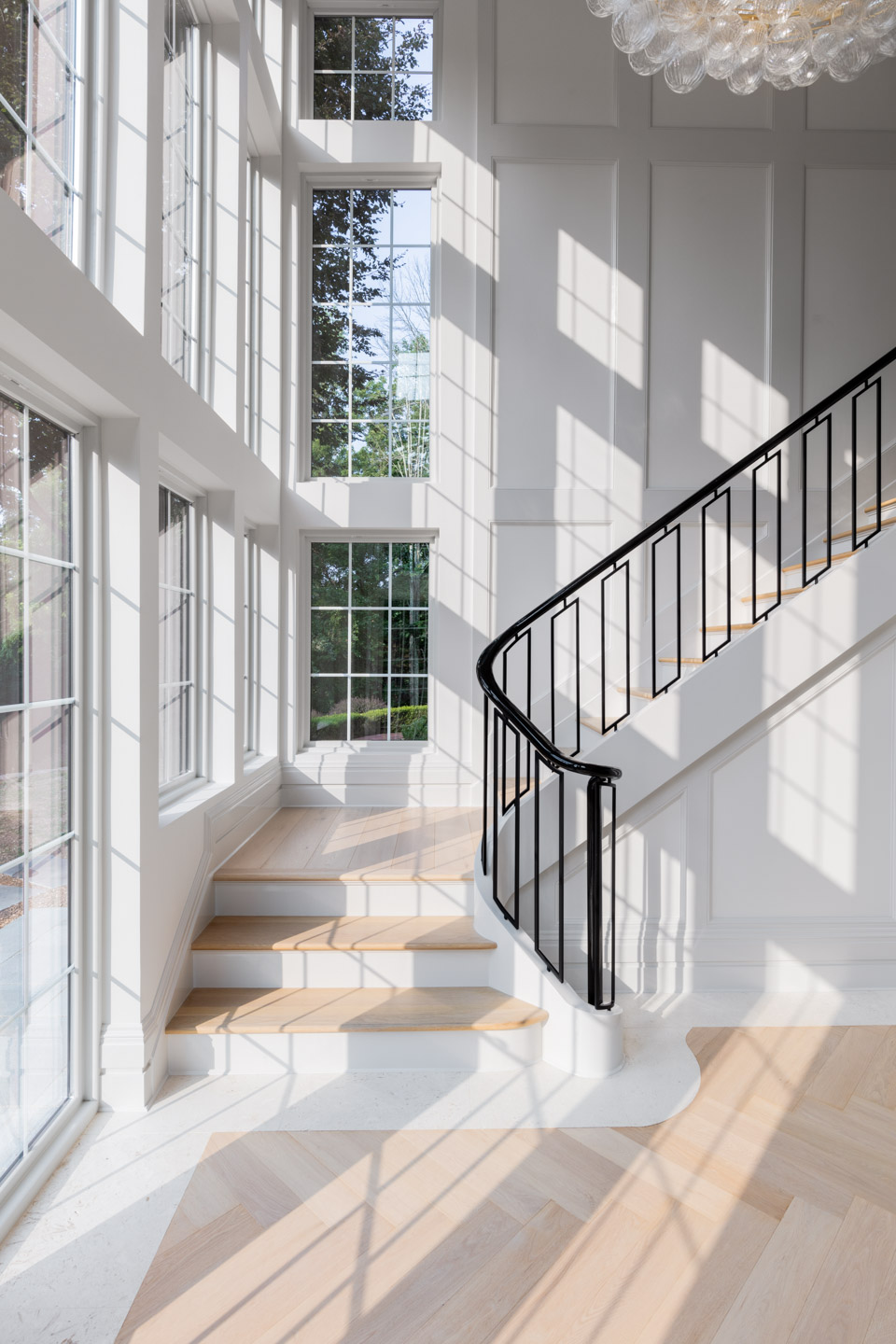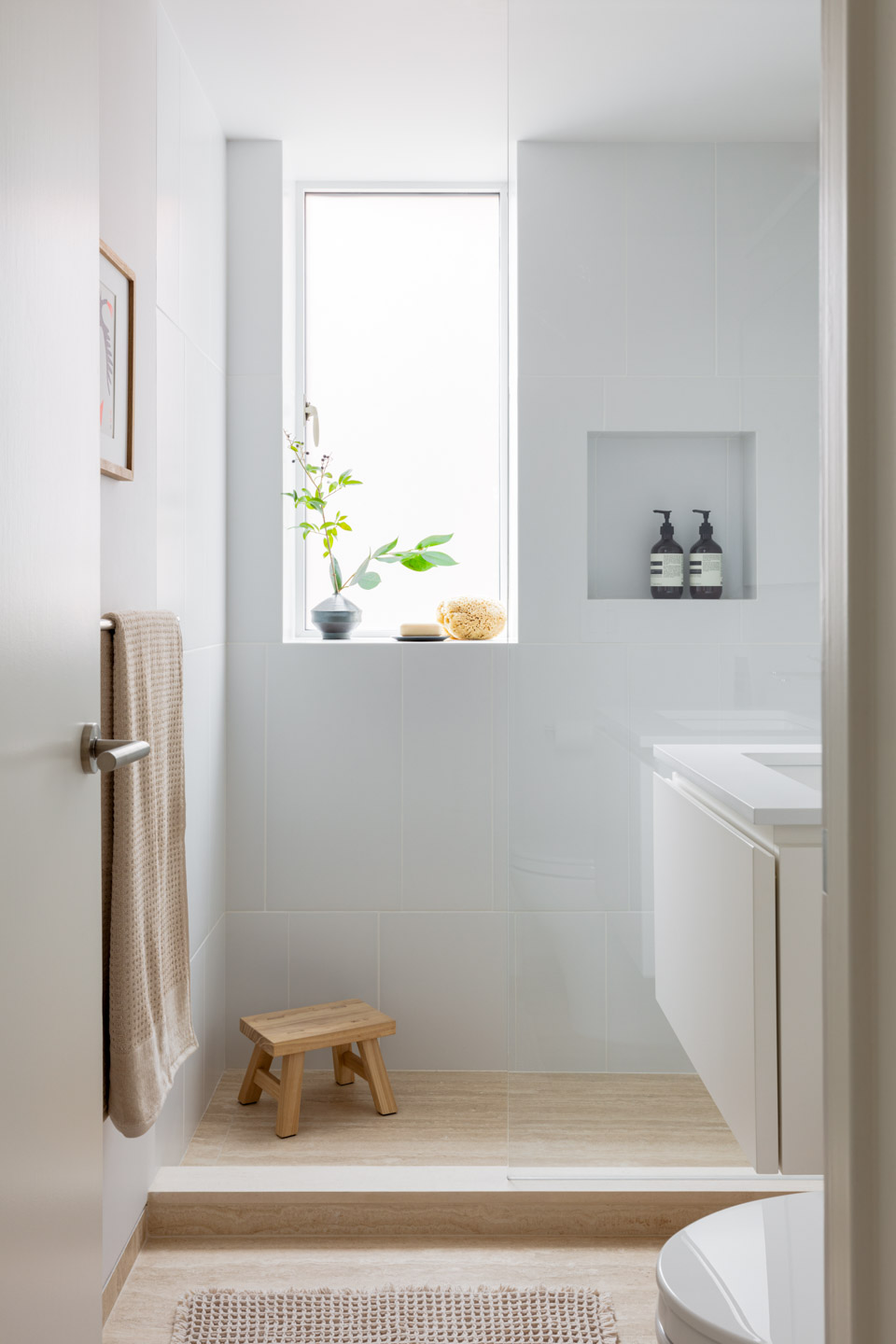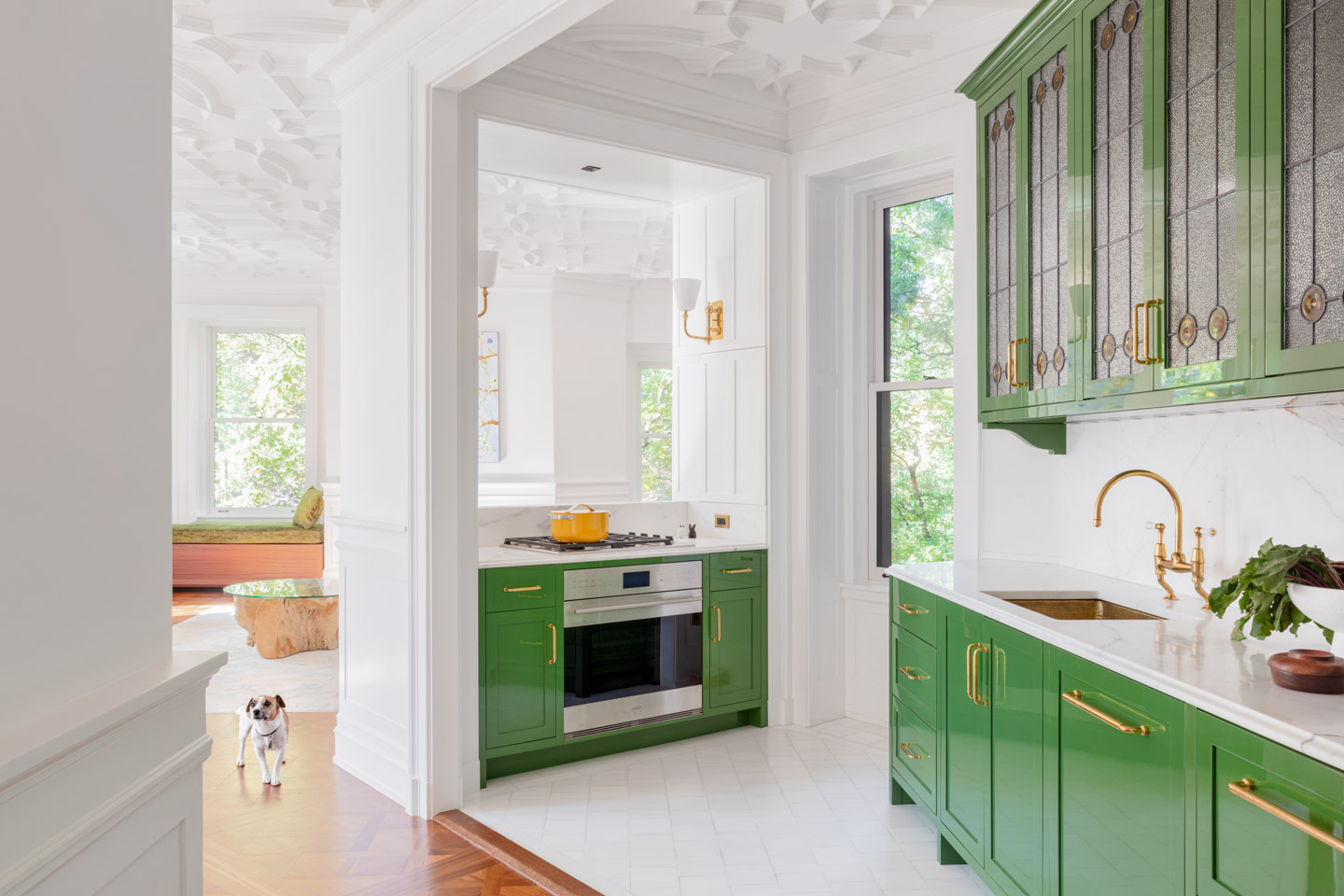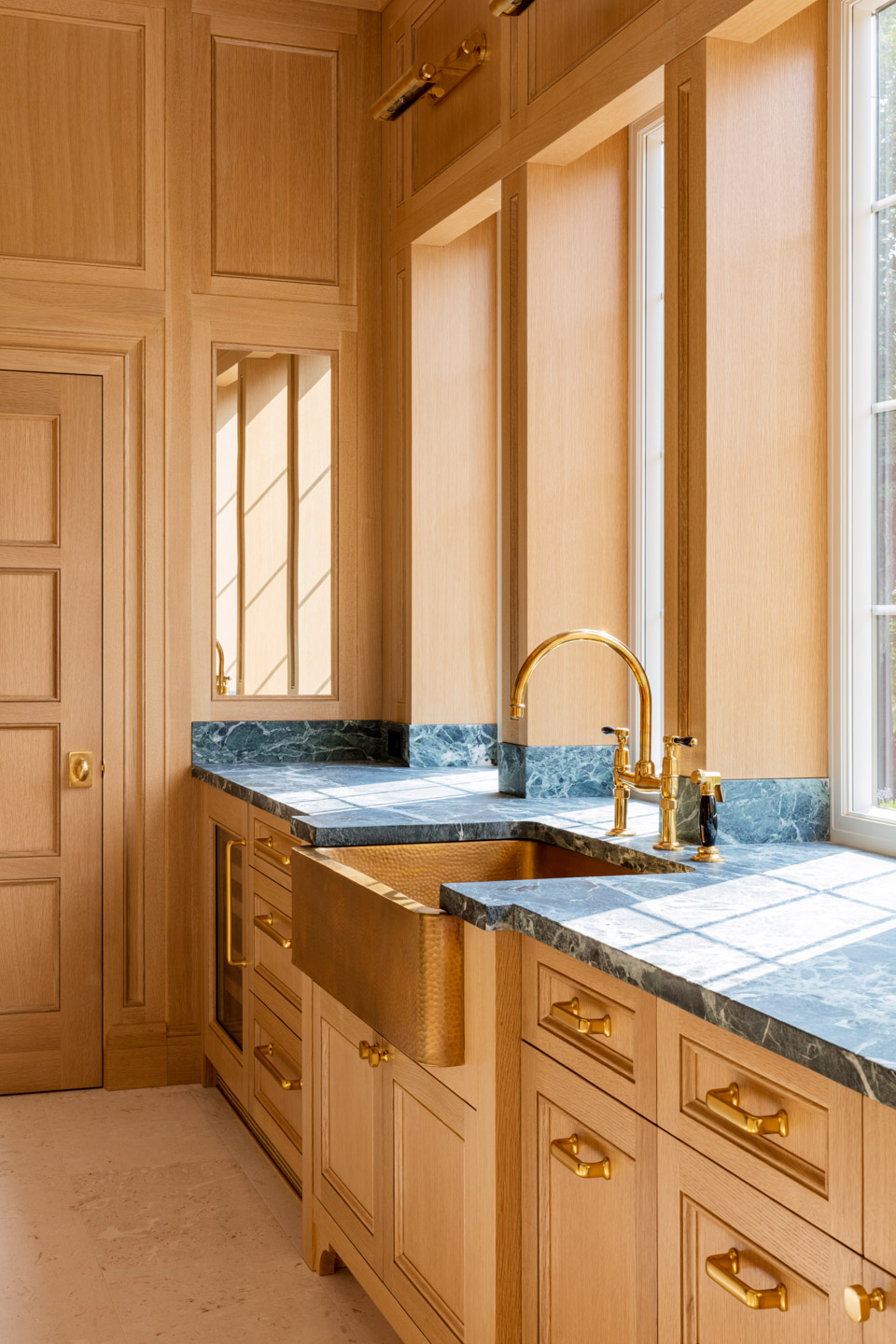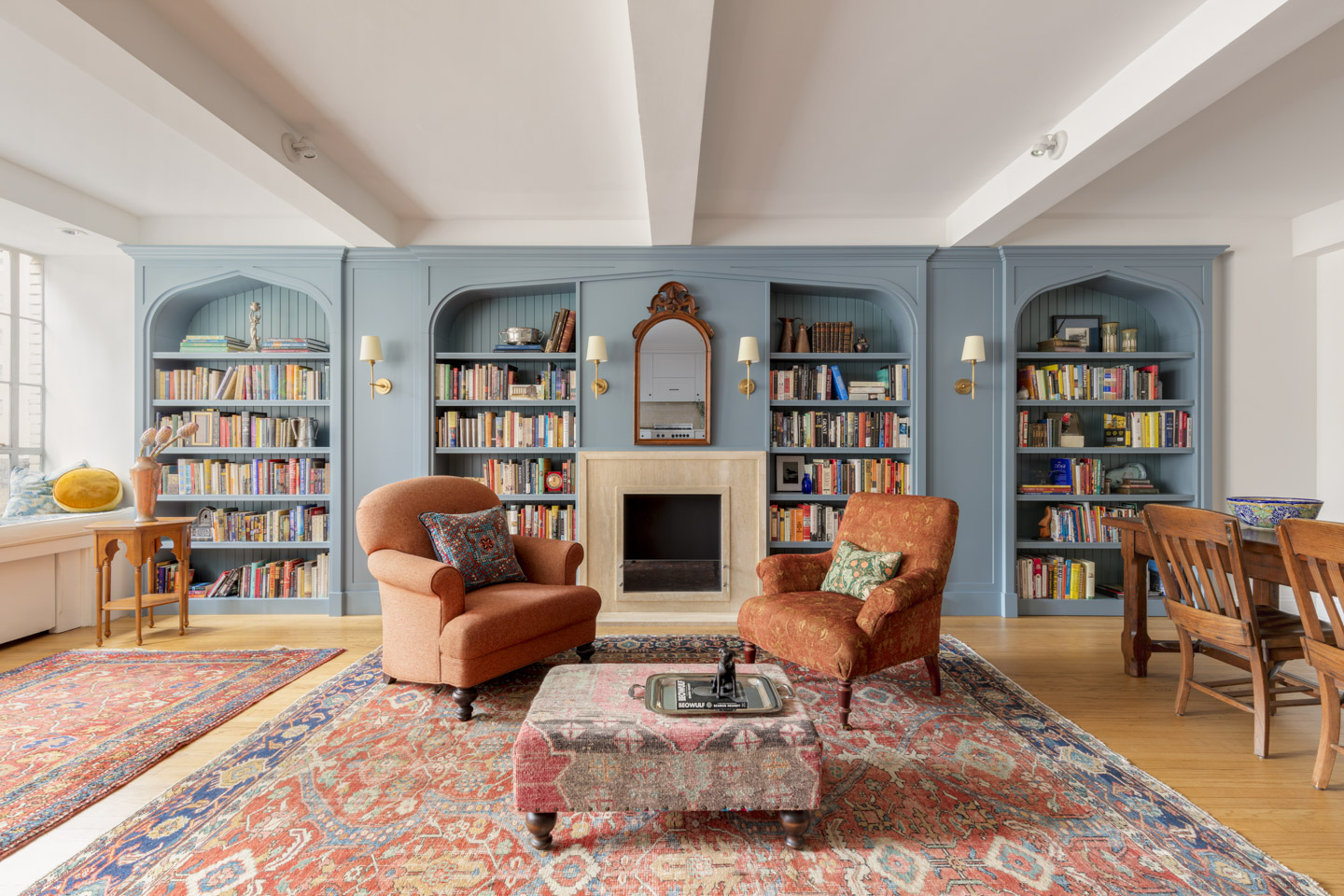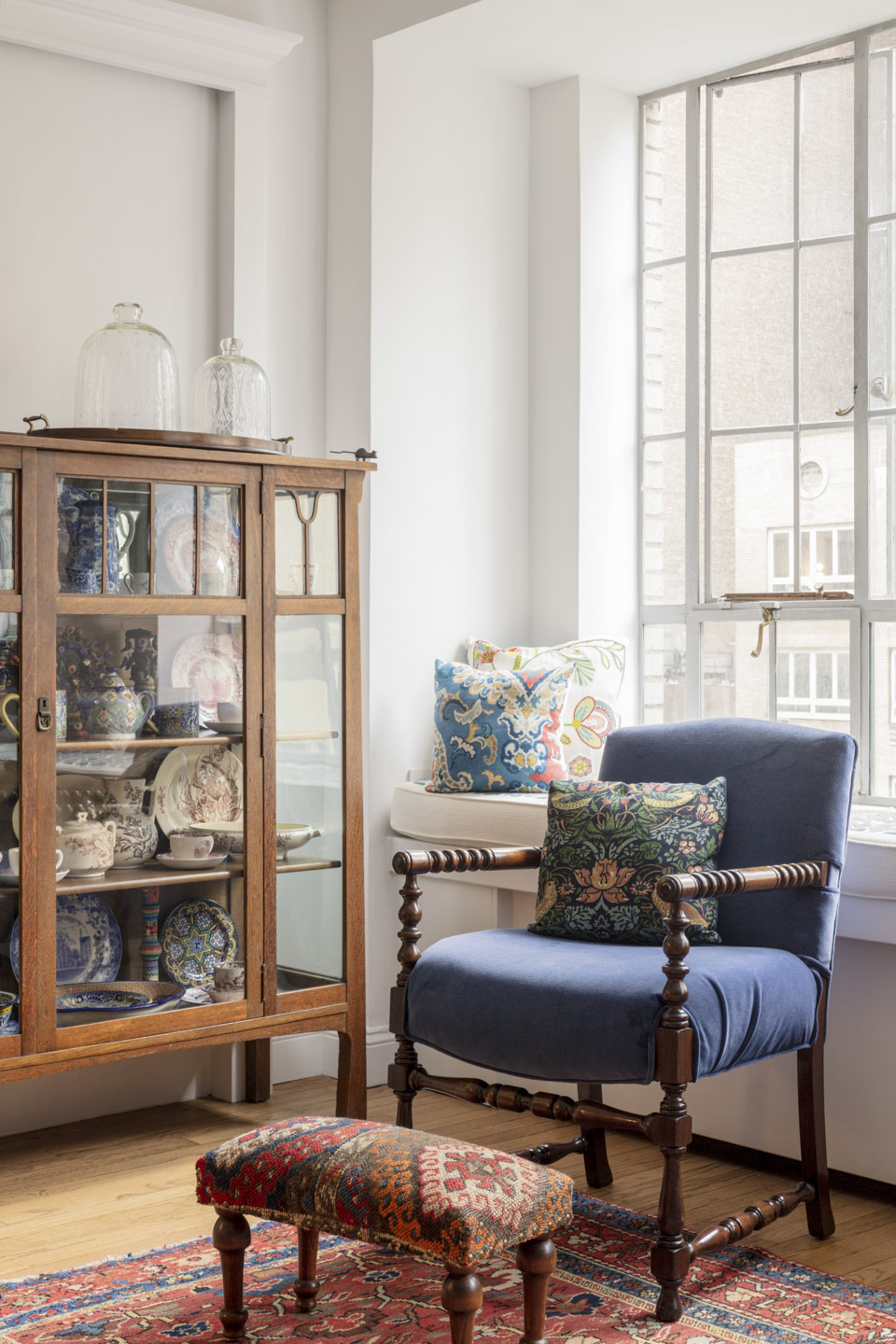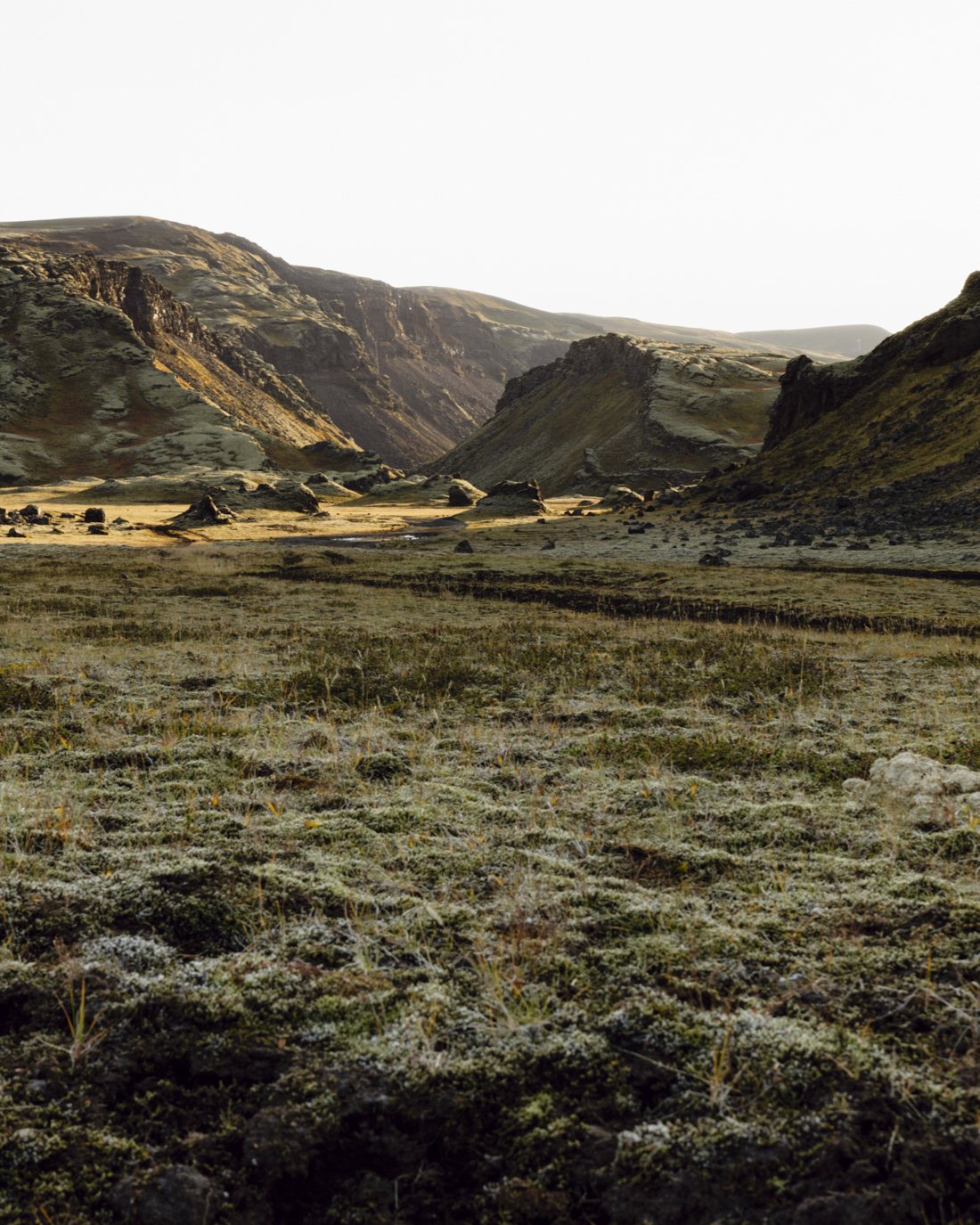To purchase prints of the work currently on view at the Studio at Silvana or otherwise connect, please send an email to r@roderickcruz.com
By means of cities already in close proximity or regions otherwise connected by rapid transportation infrastructure, multiple host cities - and by that token, multiple host countries - are seen as possible avenues of realization for future Olympic Games, maintaining a centralized logic to the mega-event that has previously been a major factor in host city participation.














In the wake of the Tohoku earthquake, tsunami, and fallout from the Fukushima Daiichi nuclear power plant, Fukushima Prefecture gained the perception of a closed island in regards to habitability and agricultural trade as a result of fear and stigma centered on radioactive exposure.
While today, a large region of Fukushima Prefecture still remains unoccupiable, several areas formerly within the government-mandated evacuation zone have been recently lifted of that status, including the town of Odaka, following tests showing acceptable levels of radiation to support long-term habitation.
Odaka Station reopened in July of 2016, re-connecting Odaka to the transportation network of the region of Fukushima Prefecture and mainland Japan. Despite this, factors of time and lingering skepticism even among former locals have contributed to the slow trickle of returning townspeople, and as of February 2017, the population of Odaka was recorded at 1,132 people, approximately 11.3% of the pre-tsunami population.



With a presently fragmented community, and the main economies of Odaka - fishing and rice farming - hindered by lingering fears of radioactive contamination, the future of Odaka is uncertain, but not without hope.
Charged with the aim to aid in the recovery of Odaka, the proposed intervention is situated as an expansion to Odaka Station that simultaneously serves to re-introduce the town to newcomers and visitors, as well as re-frame Odaka to former and current inhabitants. The new station is formally and programmatically realized in large part by the utilization of local clay - a resource only recently made accessible as a result of various processes of irradiated topsoil containment and removal.
The brief of the studio called for a design that challenged two taboos of the urban condition of New York City: firstly, an architectural proposal within Central Park, and secondly, addressing problems of space and tradition for the urban dead. In conjunction with research regarding the site, research was also undertaken to investigate traditional and emerging methods of body disposition for utilization within the proposed scheme.
Looking specifically at giving new purpose to the now-decommissioned Jaqueline Kennedy Onassis Reservoir in Central Park, the proposed project is entitled “fugue,” an architecture of multiple storylines and scales in co-existence. It is simultaneously a place for public gathering; funeral ceremonies; and body disposition.

The current state of death infrastructure in dense urban cities is unsustainable. The essentially permanent land occupation of traditional burial has brought the city and its surroundings to the limits of capacity.
Making this fact even more evident, given even the massive square footage of the Jackie Kennedy Onassis Reservoir in Central Park would be filled in just 3.9 years following the method of traditional burial. Even under ideal conditions, this mode of body disposition takes a period of 8 years to fully decompose the deceased, meaning that the reservoir would only be able to be reutilized as a burial ground after this period of time.
Recognizing these limit states, the proposed project utilizes new methods of corpse disposition that greatly accelerate the process of decomposition.
The project makes use of alkaline hydrolysis, which breaks down the body in just three hours. The effluent from this process is a nutrient-rich liquid that can be utilized as fertilizer.
The nutrient potential of the effluent from the process of alkaline hydrolysis poses an interesting opportunity when considering the context of Central Park, which consumes 61 tons of fertilizer annually to sustain itself.
Through the utilization of these nutrients, it is the position of this project to broaden the notion of the reservoir as a memorial space to now encompass the whole of Central Park by means of an underground irrigation network that branches from the now-repurposed pump houses on the North and South sides of the reservoir.
This nutrient network will not only serve the nutrient demands of Central Park, but will simultaneously replace the traditional concept of the contained burial plot.






Site: Long Island City, New York, NY
Program: Artificial Organ Factory + Maker Space
Focus: Scaffolding + Adaptation
The project was approached with initial concerns of achieving an architecture of activation - specifically giving momentum to a field of research still in its infancy. This gave rise to the conceptual diagram of the iceberg, whose mass remains largely concealed. The aim of the project was to unveil this hidden mass of the iceberg - the yet unrealized potential of that infant field.
The field of research that the project houses is that of regenerative medicine - specifically the creation of artificial organs by means of 3D printers - and responds simultaneously to the manufacturing history of the site and the global need for viable organs. Yet, the proposed program is challenging in its controversy. Public understanding and acceptance of regenerative medicine is aimed for through the hybridization of the program with maker spaces and their galleries. Via transparency within the space, the experimentation and creativity that both the maker spaces and the research labs share are on display not only to one another but to the general public as well.













Contributors:
Roderick Cruz, AIA
Mengjiao Zhang, LEED AP BD+C
Zhe Cao
Alex Loh, Associate AIA
Alejandro Ciudad
In the wake of the Tohoku earthquake, tsunami, and fallout from the Fukushima Daiichi nuclear power plant, Fukushima Prefecture gained the perception of a closed island in regards to habitability and agricultural trade as a result of fear and stigma centered on radioactive exposure. While today, a large region of Fukushima Prefecture still remains unoccupiable, several areas formerly within the government-mandated evacuation zone have been recently lifted of that status, including the town of Odaka, following tests showing acceptable levels of radiation to support long-term habitation.
Odaka Station reopened in July of 2016, re-connecting Odaka to the transportation network of the region of Fukushima Prefecture and mainland Japan. Despite this, factors of time and lingering skepticism even among former locals have contributed to the slow trickle of returning townspeople, and as of February 2017, the population of Odaka was recorded at 1,132 people, approximately 11.3% of the pre-tsunami population. With a presently fragmented community, and the main economies of Odaka - fishing and rice farming - hindered by lingering fears of radioactive contamination, the future of Odaka is uncertain, but not without hope.
Several self-formed organizations became active after the occupation ban was lifted in the area. Such groups include the Anthology of Soso Region - which actively reports on new stores and construction sites in the region - and the Ukifune no sato group - which formed to introduce silk-making techniques back into the area.
Informed by the post-disaster landscape and its fragile, complex potential, these proposals extract and nurture future realities inspired by found conditions. In comparison to the technological utopias imagined for the megacity, the architecture proposed is markedly more modest and akin to minimally-invasive operations - both being traits at-scale with the community.
Each of the proposals applied research methods guided by “architectural behaviorology” and examined former and potential Actor-network relationships within the tenuous conditions at Odaka, Minamisoma, Fukushima. Informed by interviews and on-site observations, each project explored a specific set of relationships between “actors,” and how such “actors” could perform in order to re-activate the socio-ecological network in the specific area.
These projects were developed from research conducted at the Columbia University GSAPP with instructors Momoyo Kaijima and Yoshiharu Tsukamoto of Atelier Bow Wow, and Tamotsu Ito of Tamotsu Ito Architecture Office.
For more information, see www.uabbhk.org
Special Thanks To:
Momoyo Kaijima, Atelier Bow Wow
Yoshiharu Tsukamoto, Atelier Bow Wow
Tamotsu Ito, Tamotsu Ito Architecture Office
Yoshiki Konno, NPO Tsunagappe Minamisoma
Takashi Tamagawa, Tamagawa Construction Industry
Sei Haganuma, Haryu Wood Studio Corp.
The curatorial team at the 2019 Hong Kong Biennale of Urbanism\Architecture
Melody Siu, One Bite Design Studio
Thomas Morbitzer, AMMOR Architecture LLP
Goil Amornvivat, AMMOR Architecture LLP
The team at AMMOR Architecture LLP





Humans have been enshrining and memorializing their dead for millennia. While forms and rituals vary widely across cultures and religions, we are nonetheless reacting to similar desires: honoring a life and coping with loss.
The realities of the world today have imposed additional restrictions and opportunities in internment. Rapid population growth, densitying urban areas, limited space, environmental concerns, and digitization are all factors that could lead architects to reimagine our own exit.
EXIT Architecture is a speculative look at designing for the afterlife in all its potential architectural and design forms, and new ways of marking our exit. This exhibition presents a critical, projective, and speculative look at the present and future of this realm of design. EXIT Architecture features contributions from: AD-WO, Studio Ames, ANAH, BEAU Architects, Richard Ceccanti Aston, Bade Stageberg Cox, Roderick Cruz, JeongChoi Works, KONYK ARCHITECTURE, Giann Matias, Aleksandr Mergold, Michaela Metcalfe, Yongwoo Park, Jason Vigneri-Beane, and Lebbeus Woods.
EXIT Architecture is curated by Warren James, and Julia van den Hout + Kyle May.
In response to unsustainable conditions of death infrastructure in dense cities, this project utilizes new methods of corpse disposition that greatly accelerate the process of decomposition. The project makes use of the disposition method known as resomation and the effluent from this process - a nutrient-rich liquid - to propose such an approach, using the Jackie Kennedy Onassis Reservoir in New York City’s Central Park as a prototype.
It is the position of this project to broaden the notion of the reservoir as a memorial space to instead encompass the whole of Central Park through the utilizaton of this effluent in an underground irrigation network that would then serve to offset fertilization demands of the beloved park.
For more information on resomation (also known as alkaline hydrolysis) and additional research on funerary practices, please visit: www.deathlab.org









